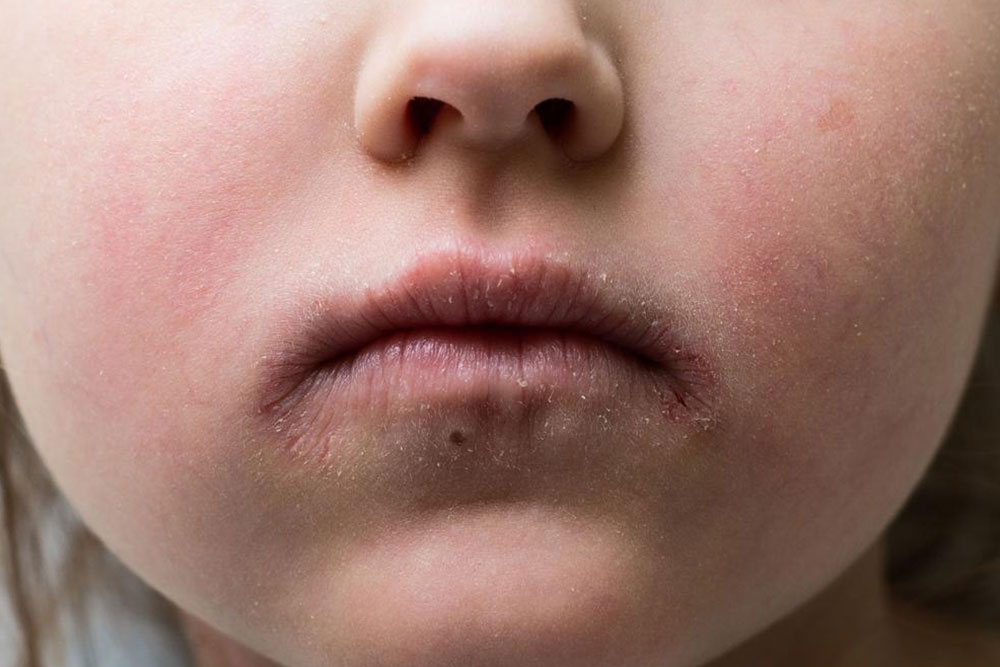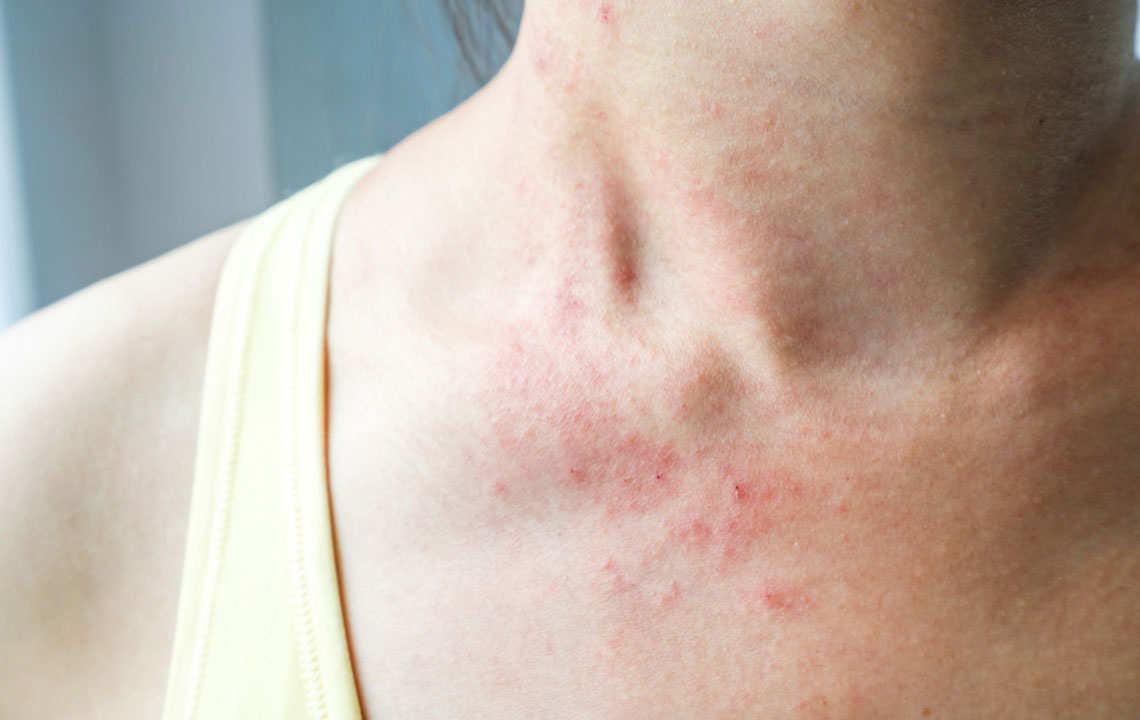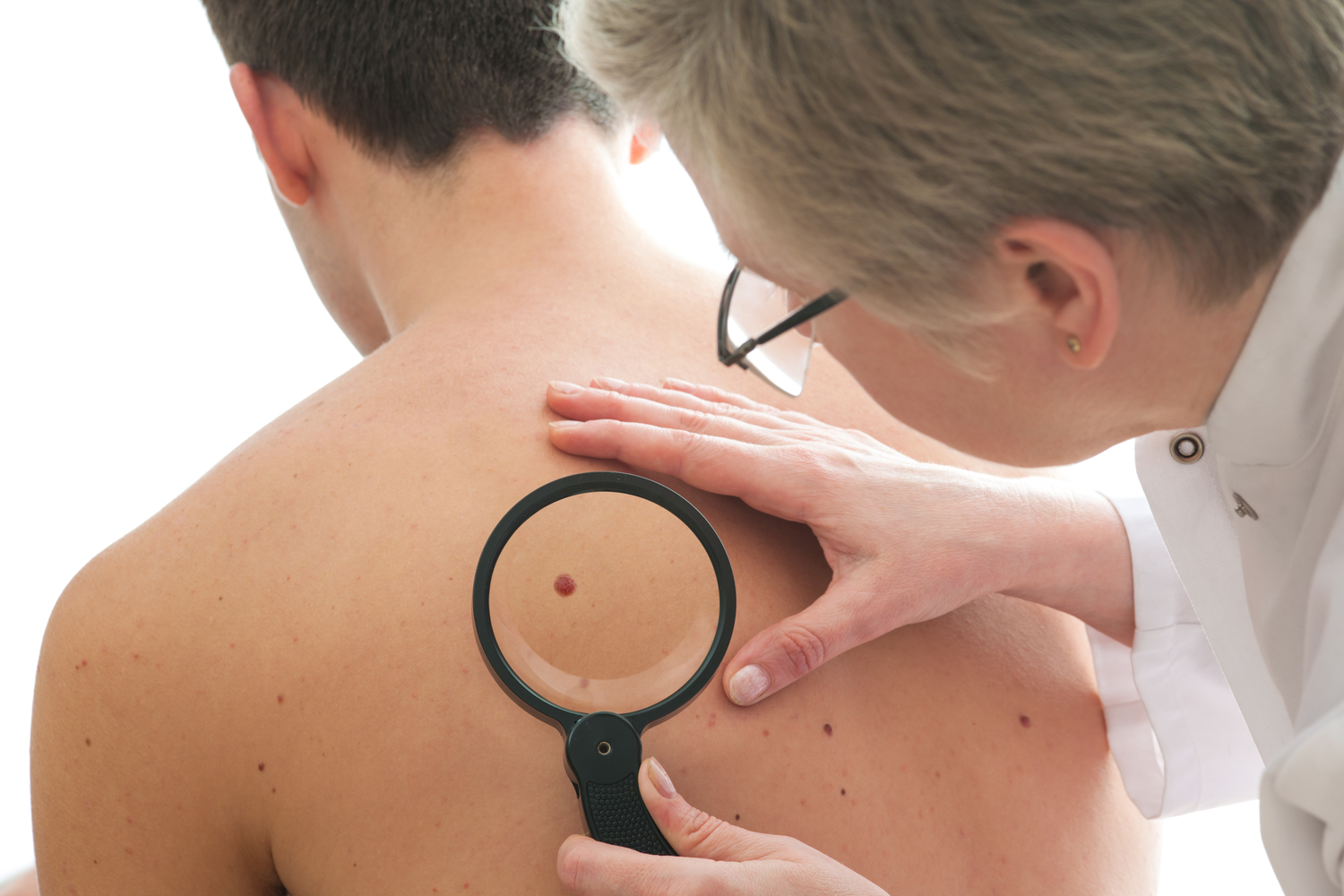Understanding Impetigo: Causes, Prevention, and Treatment Strategies for All Ages
Impetigo is a highly contagious bacterial skin infection affecting children and adults. Characterized by red, crusted blisters, it spreads through direct contact and contaminated objects. Effective prevention includes maintaining hygiene, avoiding sharing personal items, and prompt treatment with antibiotics. Recognizing symptoms early and consulting healthcare providers can prevent complications like deeper skin infections. This comprehensive guide covers causes, symptoms, prevention strategies, and treatment options, helping individuals manage and prevent impetigo effectively, especially in environments like schools and households. Proper care ensures quick recovery and stops the infection's spread.

Impetigo is a highly contagious bacterial skin infection that affects individuals across various age groups, with a particular prevalence among young children but also present in adults. This skin condition is caused mainly by bacteria such as Staphylococcus aureus and Streptococcus pyogenes. Recognizing its causes, understanding how to prevent its spread, and knowing effective treatment options are crucial for controlling this common yet potentially severe dermatological issue.
Impetigo manifests as red, inflamed skin lesions that develop into vesicles or blisters filled with yellowish fluid. These blisters tend to rupture easily, leading to the formation of characteristic scaly, crusted patches. The affected areas are often the face, especially around the nose and mouth, hands, neck, and regions like the diaper area in infants. Due to its contagious nature, impetigo can spread rapidly through direct skin contact, contact with contaminated objects, or contact with infected surfaces.
Causes of Impetigo
The primary culprits behind impetigo are bacteria, especially Staphylococcus aureus and Streptococcus pyogenes. These bacteria enter the skin through minor cuts, insect bites, or existing skin injuries, providing an entry point for infection. The bacteria proliferate in warm, moist environments, making humid climates a conducive setting for impetigo outbreaks. Close contact in environments such as schools, daycare centers, or crowded living conditions significantly increases the risk of transmission.
In children, impetigo often arises from contact with an infected person or contaminated objects like towels or toys. In adults, poor hygiene practices, underlying health conditions such as diabetes, compromised immune systems, or skin injuries can predispose them to infection. Additionally, certain occupational exposures or living in densely populated areas can elevate the risk of contracting impetigo.
Symptoms and Diagnosis
The initial symptom of impetigo is the appearance of small red spots that quickly develop into blisters. These blisters are filled with yellowish fluid and tend to break easily, releasing the fluid and leaving behind a crusty, honey-colored scab. As the infection progresses, additional lesions may appear, often spreading to surrounding areas. Itching is common, and scratching can worsen the spread of bacteria, exacerbating the condition.
Diagnosis is generally straightforward based on physical examination by a healthcare professional, who assesses the appearance and distribution of skin lesions. Sometimes, bacterial swabs are taken to identify the causative organism, especially if the condition is persistent or complicated, which helps determine the most effective antibiotic treatment.
Prevention of Impetigo
Preventing impetigo relies heavily on strict hygiene practices. Regular handwashing with soap and water is the most effective way to reduce the risk of transmission. Keeping the skin clean, especially minor cuts or insect bites, minimizes the opportunity for bacteria to invade the skin. Avoid sharing personal items like towels, clothing, or toys with infected individuals to prevent cross-contamination.
In environments like schools or daycare centers, vigilance in maintaining hygiene, disinfecting surfaces and objects, and encouraging children not to scratch or touch their skin can significantly curb the spread. Covering any skin injuries with sterile bandages can also help prevent bacteria from infecting open wounds. In humid conditions, keeping the skin dry and breathable helps inhibit bacterial growth.
Treatment Options for Impetigo
Management of impetigo typically involves topical antibiotics such as mupirocin or fusidic acid, applied directly to the affected areas. For more extensive infections or cases unresponsive to topical treatments, oral antibiotics may be prescribed. It is essential to complete the full course of antibiotics to ensure complete eradication of the bacteria and prevent recurrence.
Alongside medication, maintaining good skin hygiene is vital. Gently washing infected areas with warm soap and water, and drying them thoroughly, helps reduce bacterial load. Avoiding scratching the lesions prevents secondary bacterial infections and reduces the risk of spreading the infection. Regularly disinfecting personal items and practicing good hygiene habits can significantly limit transmission.
Complications and When to Seek Medical Help
If impetigo is left untreated, it can lead to more severe skin infections such as ecthyma—a deeper ulcerative form of impetigo, which may cause scarring. Secondary bacterial infections, cellulitis, and, in rare cases, more systemic complications can also occur. Individuals with underlying health issues like diabetes or immune deficiencies are at increased risk for complications.
Parents and caregivers should seek medical advice if symptoms persist beyond a few days, worsen, or if new symptoms such as fever, swelling, or pain develop. Early intervention helps prevent complications and reduces the risk of contagious spread to others.
In Conclusion
Impetigo, while common and highly contagious, is a manageable skin condition when proper prevention and treatment measures are taken. Maintaining good hygiene, avoiding contact with infected individuals, and seeking prompt medical care are key steps in controlling its spread. Understanding the bacterial nature of the infection and adhering to treatment protocols can help individuals recover quickly and prevent outbreaks, especially in high-risk settings like households, schools, and daycare centers.





